The future of wildlife depends on striking a balance between conservation and use of the land. Healthy and self-sustaining wildlife populations are the key to a successful bird watching hike, a memorable day in the preserves, and the success of our wildlife conservation programs.
Some of the most memorable outdoor experiences include an unexpected sighting of a wild animal. Take a quiet morning stroll in any forest preserve, and you are likely to see a white-tailed deer dashing across the trail or bounding gracefully through tall grasses. It is tempting to get closer to that deer or a bird’s nest or try to pet a gentle animal, but it is important to observe wildlife from a distance.
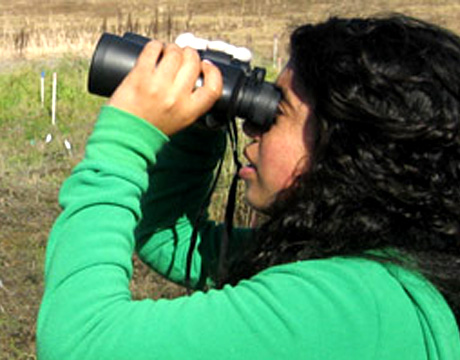 Respect Wildlife
Respect Wildlife
Teach children early on to enjoy wildlife through quiet observation and to never approach, attempt to touch or feed wildlife. Animals that become habituated to humans can eventually become aggressive. Contact with wildlife causes harm to the animal. The stress of contact with humans can lead to lower survivorship and reproductive rates.
Observe from a Distance
-
Use binoculars
-
Document encounters using a camera and a zoom lens
-
Do not follow or approach wildlife
-
Never feed wild animals
-
Store food and trash securely
-
Always keep pets on a leash
-
Avoid wildlife during sensitive seasons: mating, nesting, raising young
-
If you encounter an aggressive animal, report it to authorities
Birds and Nests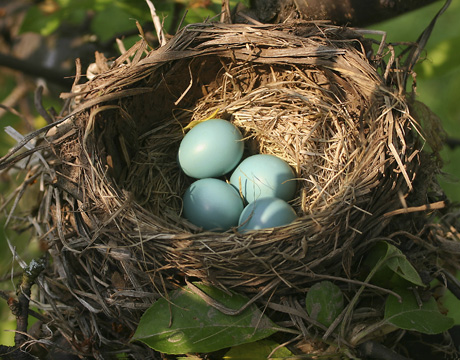
It is illegal to harm or kill a protected bird species. It is also illegal to remove or destroy nesting material from a nest once an egg has been laid.
The 1918 Migratory Bird Treaty Act protects all native birds. It is illegal for any person to possess birds, dead or alive, nesting material, eggs, feathers and bones of a bird without the proper permits from the United States Fish & Wildlife Service (USFWS) and the State of Illinois. Contact the USFWS for additional information on the 1918 Migratory Bird Treaty Act »
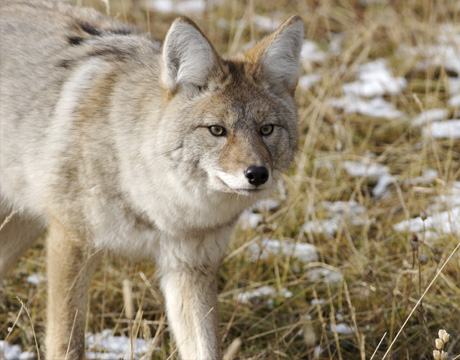 Coyotes
Coyotes
Coyotes are secretive and shy, with a natural instinct to avoid humans. Intelligent survivalists, they are constantly adapting to their surroundings. As development continues to squeeze them from their natural habitat, coyotes are more likely to venture into urban areas. But sharing a neighborhood with these savvy creatures isn’t something to fear. Coyotes are an important part of the ecosystem. The more you learn about coyotes, the more you can enjoy those rare encounters.
To learn more about coyotes, visit our Frequently Asked Questions section »
Homeowner groups and other Lake County organizations can book a free informational presentation about coyotes.
To report an encounter or concern regarding coyotes in the Forest Preserves call our General Offices at 847-367-6640 weekdays from 8 am–4:30 pm. On evenings or weekends, call 847-549-5200 and ask to speak to a Lake County Forest Preserve Ranger. Encounters outside of Forest Preserve property should be reported to the local law enforcement agency where the encounter occurred.
Mute Swans
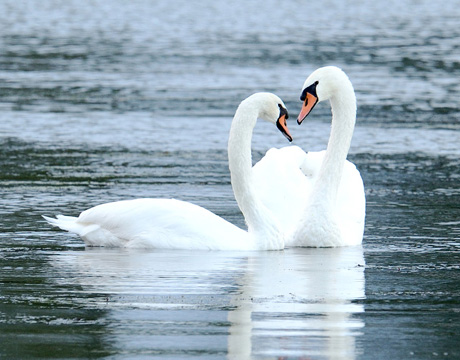 Mute swans are not native to the United States. They were first introduced to North America in the late 1800s from Europe and Asia for use as living decorations on ponds and lakes. The population of mute swans in North America has increased steadily since it was first introduced. The consequent expansion of mute swans poses significant threats to native wildlife through competition for food, territories and nesting areas. These large birds consume four to eight pounds of aquatic vegetation each day and can uproot about 20 pounds daily. This can rob other wildlife of food.
Mute swans are not native to the United States. They were first introduced to North America in the late 1800s from Europe and Asia for use as living decorations on ponds and lakes. The population of mute swans in North America has increased steadily since it was first introduced. The consequent expansion of mute swans poses significant threats to native wildlife through competition for food, territories and nesting areas. These large birds consume four to eight pounds of aquatic vegetation each day and can uproot about 20 pounds daily. This can rob other wildlife of food.
Mute swans are territorial and aggressive, especially during mating and brood-rearing season, and may attack humans that approach too closely. They set up large territories, which can encompass an entire small lake or pond. These combative swans often chase off other waterfowl, displacing native species from their nesting and feeding areas. Wildlife biologists are concerned about the decline of native waterfowl species in some areas.
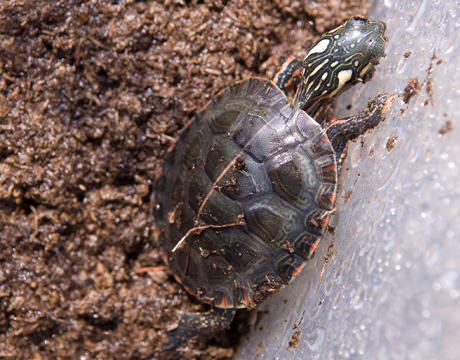 Don't Release Pets
Don't Release Pets
Help protect Lake County’s native species. Hundreds of non-native fish, wildlife and plant species have been observed in Illinois. Not all non-native species pose a threat to our native plants and animals, but some become invasive, causing harm to local ecosystems.
Non-native animals include those that did not historically occur in Lake County or pets living outside captivity. The most common pathway by which non-native fish and other animal species find their way into natural habitats is through escapes or release by humans, whether purposeful or inadvertent.
Learn Before You Buy
-
How big will this animal grow?
-
What does this animal eat?
-
Can I care for this animal for 15-20 years?
Don't Let It Loose
If you can’t care for a pet anymore, do not set it free—that is illegal. Plus, your pet will likely die without your care. Instead, find an alternative to release:
-
Contact a pet store for proper handling advice or possible returns
-
Give or trade with another pet owner or local hobbyist
-
Donate to a local zoo, aquarium, school or nature center
-
Seal aquatic plants in plastic bags and dispose of them in the trash
-
Contact a veterinarian or pet retailer for humane disposal guidance